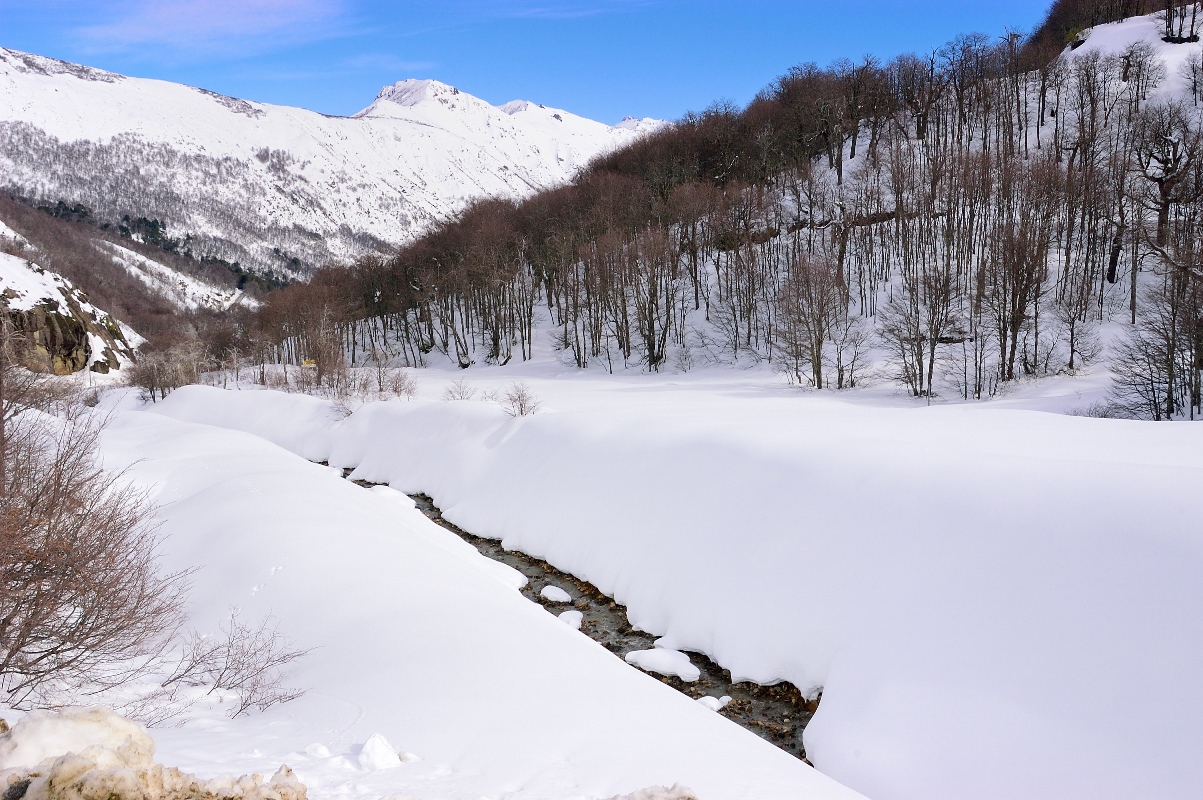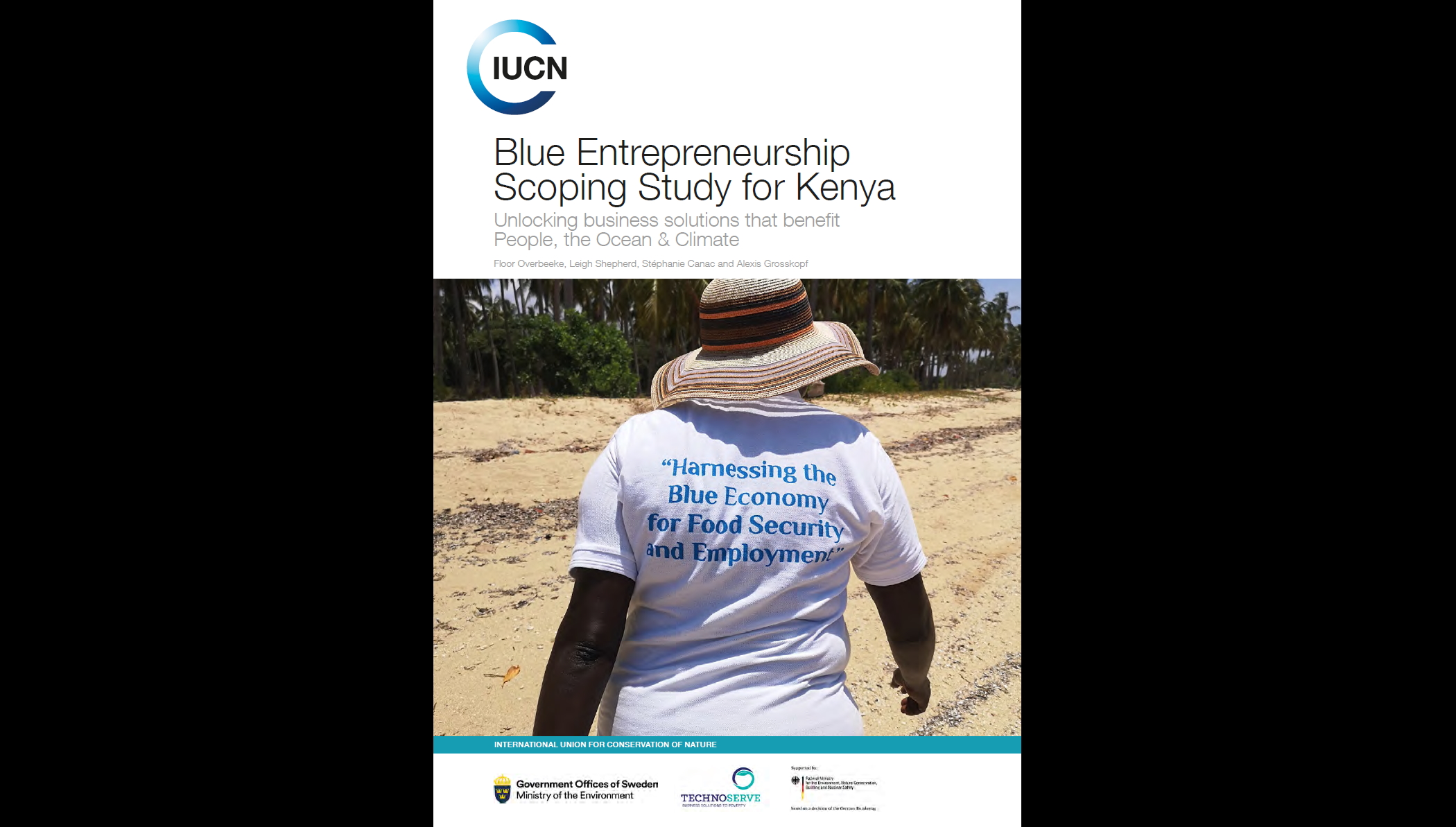The conservation right: a new property right for sustainability
By Jaime Ubilla - Traditional property rights have existed for more than 2000 years, but today we are witnessing the development of a new kind of property right: a conservation right (“Conservation Right”), which has emerged from legal research conducted at the University of Edinburgh in the UK and in Santiago, Chile.

Photo: UICN-Sur
The Conservation Right, already law in Chile, is a property interest in the environmental heritage of a certain property or real estate. In contrast to traditional notions of easements or covenants, restrictions on property by definition, the Conservation Right is an affirmative right on the ´environmental heritage´ - or the ´attributes´ and ´functions´ of such heritage - that derives from a particular property.
The Conservation Right is registered akin to other property rights over land or real estate, which in Chilean law includes water rights and mining rights. It is freely transferable.
The Conservation Right presents a significant shift in the ways to fund and legislate sustainable development. From the economic perspective, because of its affirmative structure, the Conservation Right provides the basis for the creation of new markets for investment in natural capital assets that deliver a multitude of benefits. The Conservation Right also provides the legal basis for the valuation and management of ´natural capital´, making possible different arrangements between and among different interested parties. In this context, the Conservation Right is also consistent with ´compensation systems´ (i.e. Environmental Impact Assessment System) because it is an adequate legal instrument for transferring the corresponding compensation measures, which may thereby be treated as an asset with value and included in the accounting books and records of the owner.
From a social perspective, it enables the law to indicate or designate those intangible assets as the ´legal object´ of the entitlements for the benefit of individuals, groups and social spheres. Moreover, we are seeing that the Conservation Right provides the legal basis for and facilitates the development of new cooperative practices between and among diverse stakeholders. In this sense, it facilitates and promotes social inclusion, presenting a contrast to the idea of ´exclusion´ that has been a predominant rationale in traditional property right theory. This is not only because of the ability to create different conservation rights over different intangibles related to the same property - to the benefit of different stakeholders - but because this new right combines a normative power to ´conserve´ with the notion of intangible assets that by their nature are ´open-access´– and therefore, benefit the general public.
The affirmative character of the Conservation Right represents a ground-breaking legal design that paves the way for economic and legal systems to recognize the value of different services and benefits that nature provides to a multitude of social and ecological systems.
While the development of conservation practices and natural capital markets are normally approached from ecological, economic, managerial and scientific perspectives, the role of the legal system is often forgotten or simply considered an instrument of implementation. The Conservation Right brings in a new legal perspective, providing a legal structure that facilitates the emergence of new social practices, markets and new forms of cooperation with respect to the sustainable use of nature.
Legal Vision: The Origin and Theoretical Basis of the Conservation Right
The Conservation Right was originally proposed in Chile in 2003, but research from the University of Edinburgh developed its definitive affirmative legal form.
This new right was called a ´conservation property right´ or ´conservation right´ in order to differentiate it from traditional property rights such as conservation easements or servitudes.
The challenge was not simply to create a property right for the conservation of nature but to develop a new ´kind´ of property right that would make possible the emergence of new social practices in all spheres of society with respect to biodiversity and natural capital. This would require a new paradigm, a new property right that would facilitate the recognition of the affirmative value of ´the different attributes and functions of nature´ of an intangible character.
To achieve this purpose, it was necessary to break away from 2,000 years of tradition in which property rights developed on the basis of agrarian economic structures and that recognized and valued only the tangible aspects of land. Moreover, we also had to step away from the modern view that social and environmental aspects could be managed and considered through external limitations or obligations or restrictions on the right of ownership (i.e. through easements, covenants, or through the concept of the ´social function of property´ in the continental law tradition). We needed a new right where the central normative structure would entail the recognition of the affirmative value of nature. This was achieved by directly combining a new affirmative or permissive normative element (i.e. in continental law this was expressed in a new ´faculty´: the ´faculty to conserve´ or ´ius conservandi´) with a new legal object: the ´environmental heritage´ - and the ´attributes´ and ´functions´ of such heritage.
In the legislative process required to enact the Conservation Right in Chile, we saw the contrast between the traditional ´restrictions´ approach and this new ´affirmative´ approach. The traditional approach was presented in the lower house through a draft that proposed the adoption of ´conservation easements.´ This approach, however, met significant difficulties and the resulting changes to the draft ultimately sent to the Senate imposed a 20 year duration limitation on these easements. The reason: restrictions are considered to reduce the value of ownership and, inhibiting the circulation of economic wealth and, consequently, are subject to the principle of “limitation of restrictions.” The lower house established such a duration limitation for easements. At this stage, the conservation right was defined as a restriction or easement, and the word ´encumbrance´ was used in the definition of article 2 of the draft. The time limitation was a great disappointment for the conservation community in Chile.
A new kind of affirmative and reflexive property right was proposed at the Senate. This theoretical approach was well-received because under this new framework the Conservation Right would be defined as an affirmative right to conserve the environmental heritage and corresponding attributes or functions of a certain land or real estate asset. This new right would essentially be a right to conserve new intangible aspects of land - new intangible assets. This new understanding allowed for the conclusion that these new assets constituted new wealth or ´natural capital´ that would also need to circulate perpetually for the relevant markets to emerge. Consequently, this new legal design and definition allowed for the elimination of the 20 year limitation.
The economic approach, however, was only one of the rationales presented to support and justify the creation of this new legal framework. Other rationales, such as the legal-theoretical, the socio-legal and the political arguments had significant influence in the legislative process. The legal-theoretical argument is related to the normative justification of the conservation right on the basis of the freedom to pursue the conservation of nature. The socio-legal argument is related to the need to promote the reflexive interaction of different social spheres and the proper inclusion of diverse social interests into the property rights system, because only if all spheres of society can cooperatively interact, will there be a chance for new social practices to unfold - and new ecological knowledge to emerge. The political argument is related to the need to tackle the challenges of the ecological crisis of biodiversity and climate change. This new kind of property right appeared to be a proper legal mechanism for the implementation of the Convention on Biological Diversity, not only with respect to ´in-situ conservation´ but also with respect to the various Aichi Targets, among which Target 19 on ´knowledge´ appeared to be the most significant. Moreover, in this context, it was also mentioned that the Conservation Right was flexible enough to facilitate the implementation of the different conservation categories proposed by the IUCN.
General Practical Vision
The Conservation Right has a broad scope of application, which is partly due to the broad definition of “environmental heritage” adopted by Chilean law.
Thus, the Conservation Right can be established with respect to large ecosystems but also with respect to attributes or functions of specific environmental components such as air, water, soil, and noise; as well as over other environmental "intangibles" such as eco-systemic functions or services - including socio-cultural practices ranging from indigenous customs to dark-skies for astronomical observation - or values associated with the artificial environment created by humans. Additionally, the conservation right could also be applied to urban spaces for the conservation and development of green areas, recreational areas, urban crops, urban-architectural values, etc. The use of the Conservation Right for these purposes would significantly reduce the transaction costs of those projects by preventing the costly purchase or ´regulatory taking´ of the underlying properties).
Moreover, this new property right can also facilitate the emergence of secondary markets for compensation and mitigation measures, both for the environmental impact assessment system and for other off-set systems, such as the urban compensation system known as ´contributions to public space´ in Chile.
It is possible to establish different Conservation Rights on the same underlying property in relation to different attributes and eco-system services. This is not only important in order to provide diversified sources of financing to a given project but also for facilitating the inclusion or involvement of diverse social interests in the development and management of the corresponding project.
This new right can empower communities, neighborhoods' associations or any kind of associations to participate in the development of sustainable projects and practices at different levels, including at the local level.
The Conservation Right may be held by private or public legal entities and therefore be used for the implementation of public policy agendas within the scope of the functions of the corresponding agencies.
The Conservation Right appears to be a flexible mechanism that can be used in diverse contexts and for different types of projects, from those that relate to the conservation of rural or urban lands to those that relate to the development of natural capital markets, among others.
Projects in Chile
Our Conservation Law Center of Chile (the “CLC”), has established Conservation Rights for diverse projects, following the affirmative and reflexive approach described above. The CLC also established the first public (State-owned) Conservation Right on 6,000 hectares property, in favour of CONAF, the conservation agency of Chile. The CLC is working on a dozen more cases, relating to rural and urban areas, which will be posted from time to time in the referenced webpage.
Final Remarks
Our planet is facing unprecedented challenges and it appears that on the current trajectory we will not be able to meet these challenges much less achieve our sustainability goals and the corresponding Aichi Targets.
Each time a strategic plan fails, we insist that we just need “better implementation.” The paradox is that, in many respects, we continue to use regulatory tools developed hundreds of years ago. The Conservation Right is a modern tool that introduces a new affirmative and reflexive paradigm more suited for handling the ecological and social complexities of our post-modern societies.
This new legal paradigm should be seriously considered by different countries and international organization as an indispensable tool for tackling the urgent problems we face.
 Photo: Jaime Ubilla
Photo: Jaime Ubilla
Professor of Law, Universidad Católica del Norte



